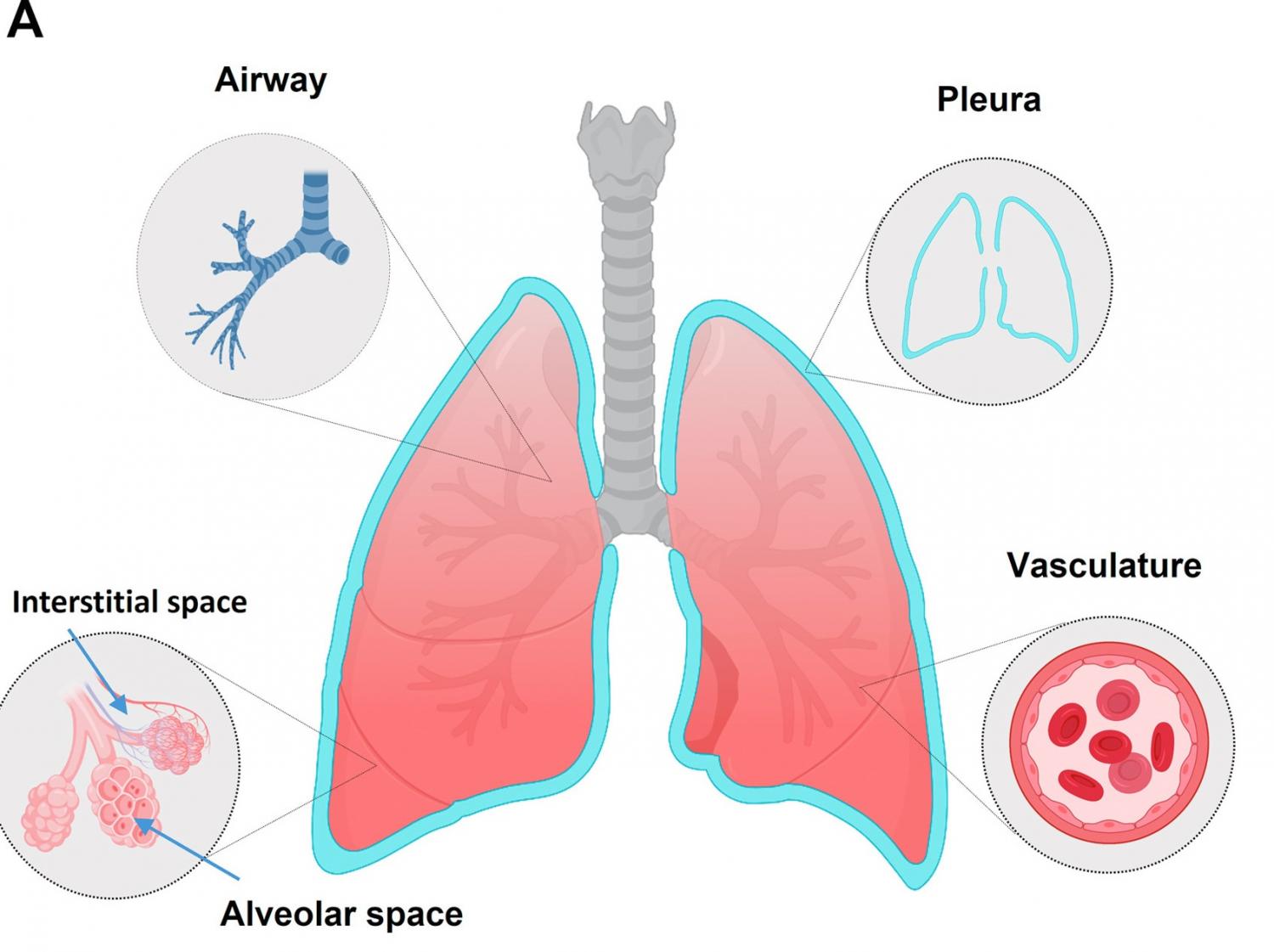
In addition to being a vital organ for gas exchange, the lung is a crucial immune organ continuously exposed to the external environment. Genetic defects that impair immune function, called inborn errors of immunity (IEI), often have lung disease as the initial and/or primary manifestation. Common types of lung disease seen in IEI include infectious complications and a diverse group of diffuse interstitial lung diseases. Although lung damage in IEI has been historically ascribed to recurrent infections, contributions from potentially targetable autoimmune and inflammatory pathways are now increasingly recognized. This article provides a practical guide to identifying the diverse pulmonary disease patterns in IEI based on lung imaging and respiratory manifestations, and integrates this clinical information with molecular mechanisms of disease and diagnostic assessments in IEI. We cover the entire IEI spectrum, including immunodeficiencies and immune dysregulation with monogenic autoimmunity and autoinflammation, as well as recently described IEI with pulmonary manifestations. Although the pulmonary manifestations of IEI are highly relevant for all age groups, special emphasis is placed on the pediatric population, because initial presentations often occur during childhood. We also highlight the pivotal role of genetic testing in the diagnosis of IEI involving the lungs and the critical need to develop multidisciplinary teams for the challenging evaluation of these rare but potentially life-threatening disorders.
